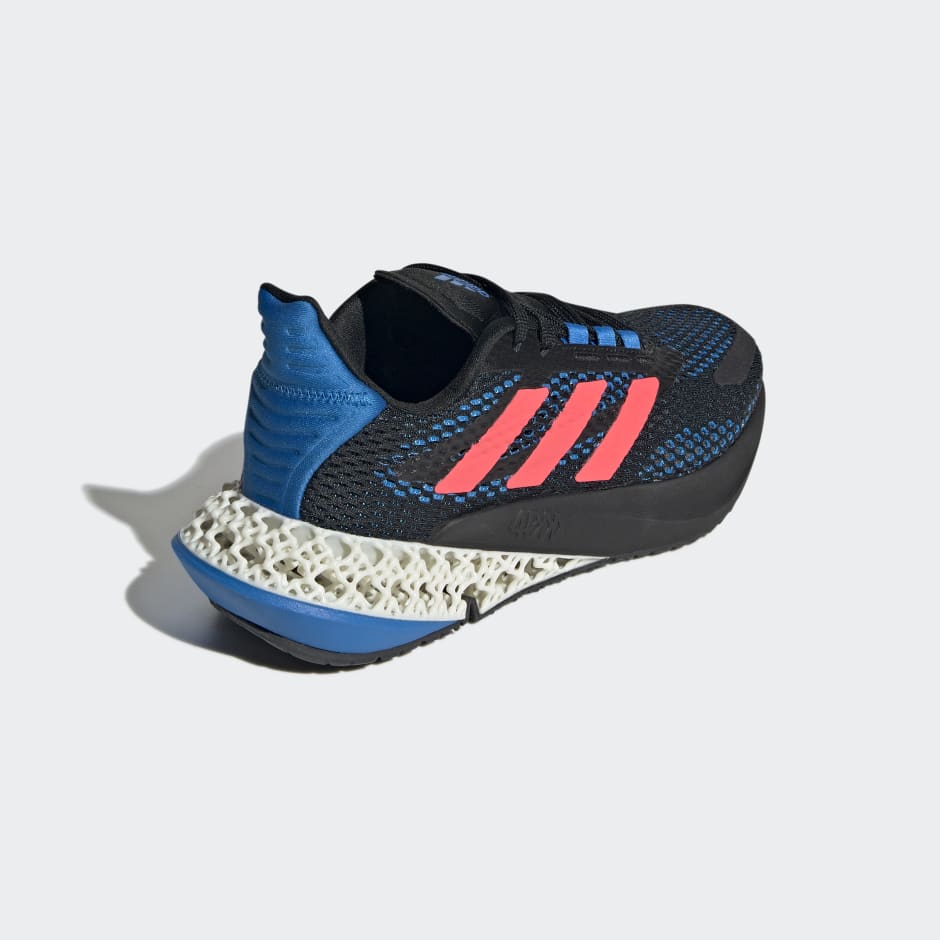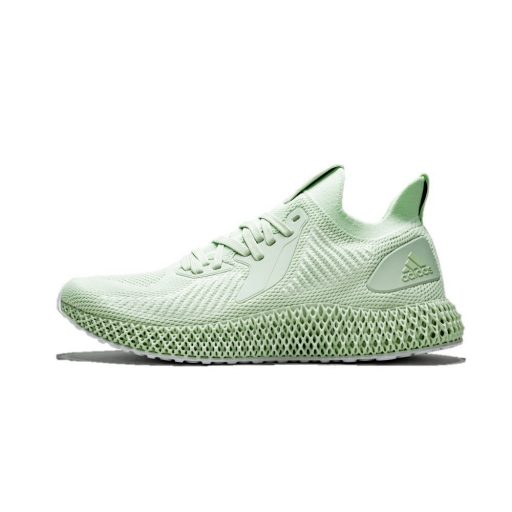

However, while adequately supportive for most runners, for anyone with more advanced stability needs, it may come up a bit short.ĭesign That Stops the Show Right Out of the BoxĪs soon as you pull the adidas 4DFWD 2 out of the box, just looking at it, you know there is something special about it. Verdict: The adidas 4DFWD 2 is an unnaturally good-looking shoe that offers an otherworldly, smooth ride thanks to the innovations to the midsole.Best for: Anyone with relatively neutral feet.Cons: The shoe lacks adaptations and considerations for those who suffer from many common foot maladies.Pros: A fluid and extremely unique underfoot experience and show-stopping design.Testing surfaces: Primarily pavement with small distances across dirt, gravel, and mud.Testing method: Daily runs of distances varying from three to six miles.Colorways available: One (Carbon/Zero Metalic/White).How We Tested the adidas 4DFWD 2 Running Shoe In the end, they landed on a midsole design that compresses forward, reduces braking forces, and seamlessly transforms the forces of impact into forward motion.įor the 2022 model, adidas further honed the design of the midsole to provide 23% more cushioning and 15% fewer braking forces.īut does the latest model live up to the hype? We took the adidas 4DFWD 2 for a few morning runs to find out. To develop the original midsole, adidas partnered with the MIT Sports Lab, combed through 18 years of real-world data from athletes, and - thanks to the limitless range of design possibilities offered by 3D printing - tested over 5 million different lattice structures. So it’s only natural that adidas - who have continually pushed shoe design forward since their founding in 1949 and especially since they began developing 4D cushioning tech with the 3D printing experts at Carbon in 2017 - jumped on the opportunity to further leverage 3D printing to keep us all moving forward with less drag with 2021’s 4DFWD. The 10 Best Amazon Running Shoes, According to Customer Reviews In recent years the technology has advanced by leaps and bounds - moving from a costly niche production method to one increasingly adopted by major corporations looking to push the boundaries of design. The additive process deposits solidify and join layers of material on top of one another, and because a computer controls it, it can produce complex shapes that would otherwise be impossible to create by hand. But for neophytes - like this writer - it refers to the construction of any 3D object from a digital model. This is exactly the problem that adidas set out to solve in 2021 with the ground-breaking 3D printed midsole they developed for the first iteration of the 4DFWD.ģD printing is a term you seem to hear referenced everywhere these days. As a result, our movements are inherently inefficient, and that’s a real… drag.

#ADIDAS 4D PULSE SERIES#
Every time your foot hits the ground, braking forces grip your sole and interrupt forward motion with a series of, often imperceptible, start-stop motions. Unfortunately for runners, this isn’t actually the case. However, Footwear News may receive a commission on orders placed through its retail links, and the retailer may receive certain auditable data for accounting purposes.Īn object in motion stays in motion. 50% of the upper is recycled content.All products and services featured are independently chosen by editors. FROM PROBLEM TO PERFORMANCE : This product is made with Primegreen, a series of high-performance recycled materials.These adidas 4DFWD Pulse Shoes have a 3D-printed heel cradle that's precisely angled to guide your foot forward on every step and absorb impact so every run feels easier. Harness the power of adidas 4D for a smoother run every time the rubber meets the road. RUNNING SHOES WITH PRECISELY CODED CUSHIONING.


 0 kommentar(er)
0 kommentar(er)
